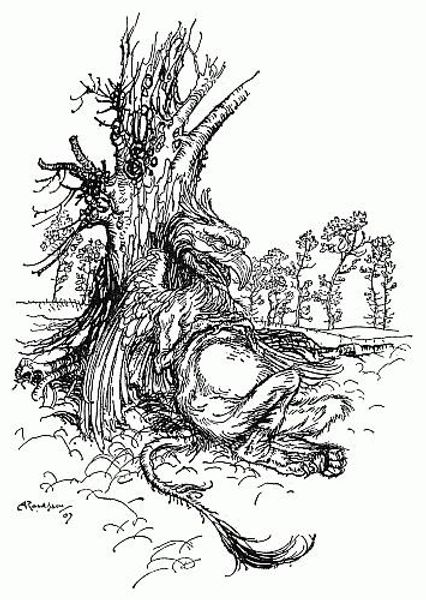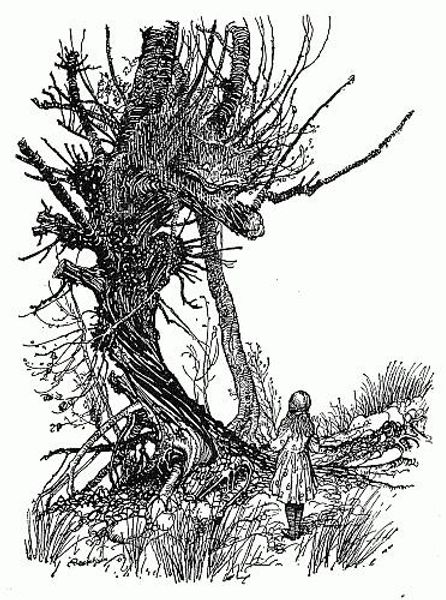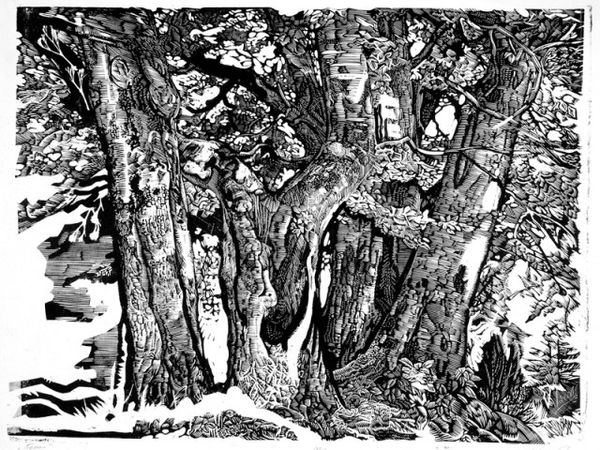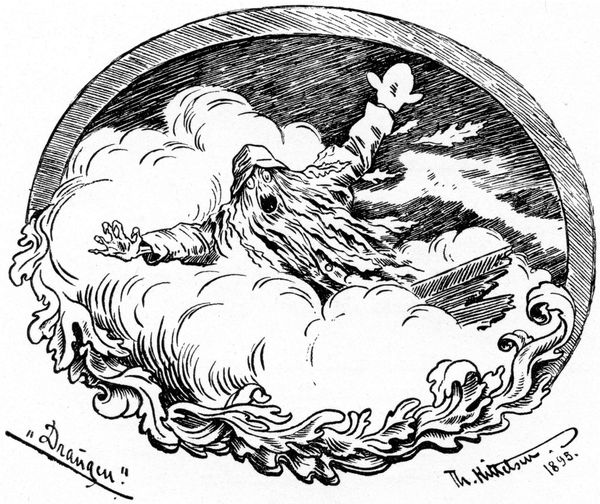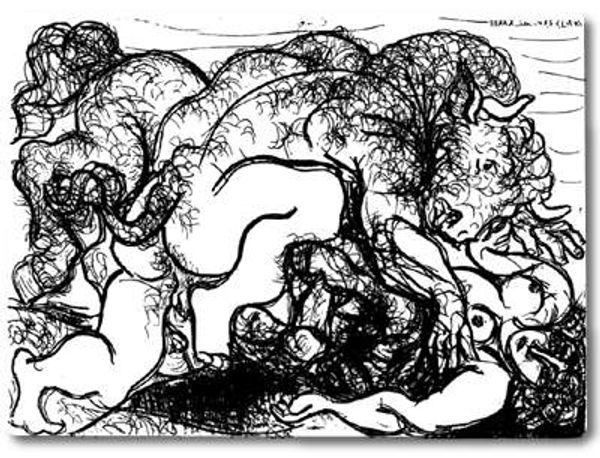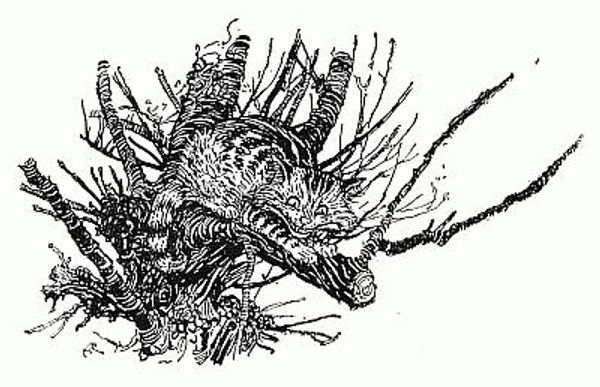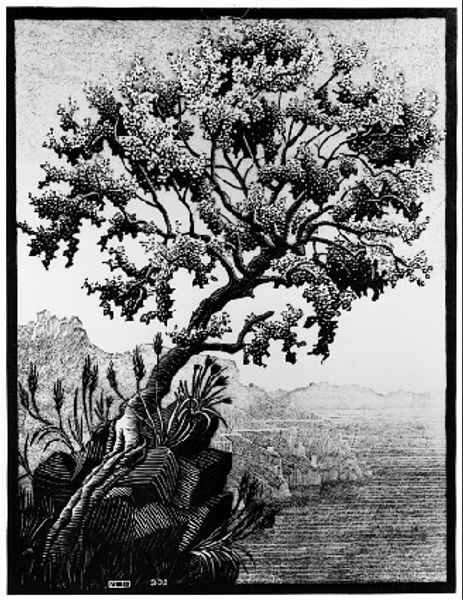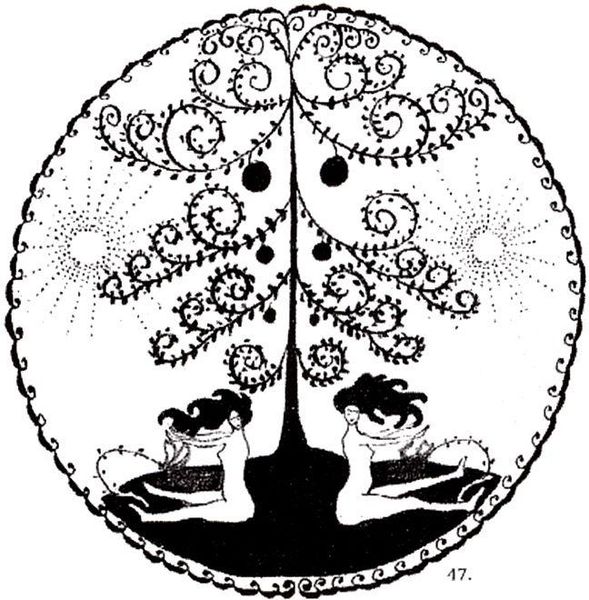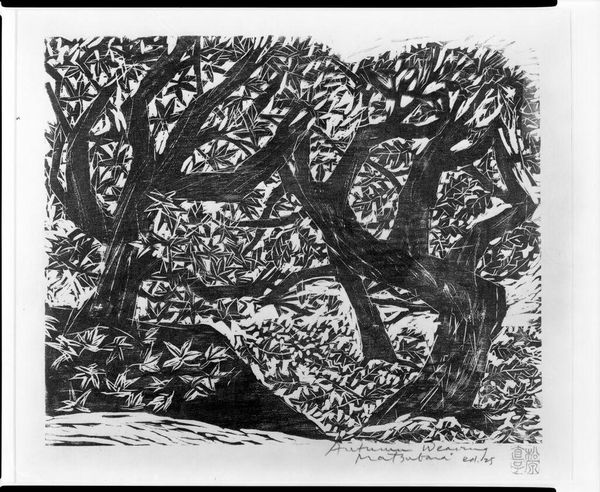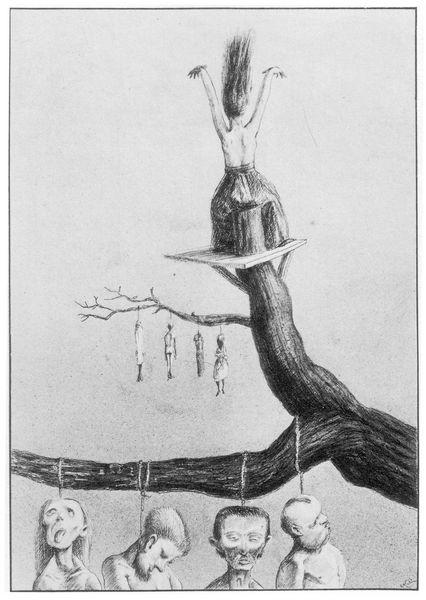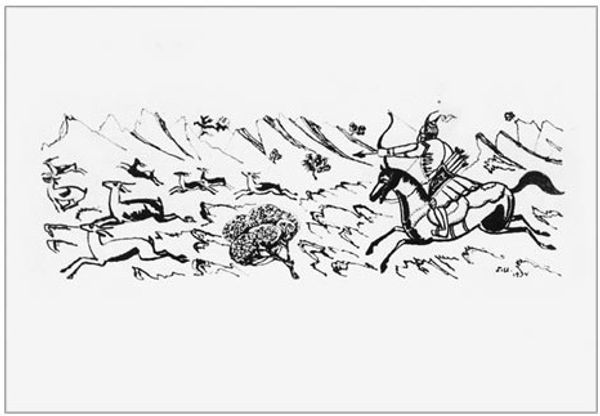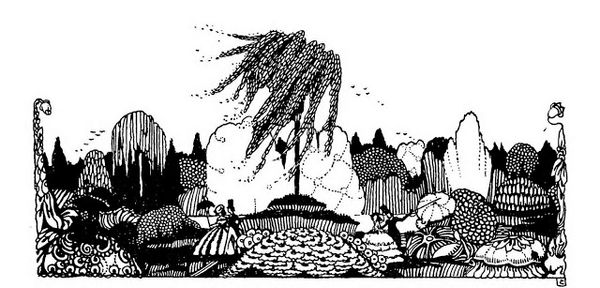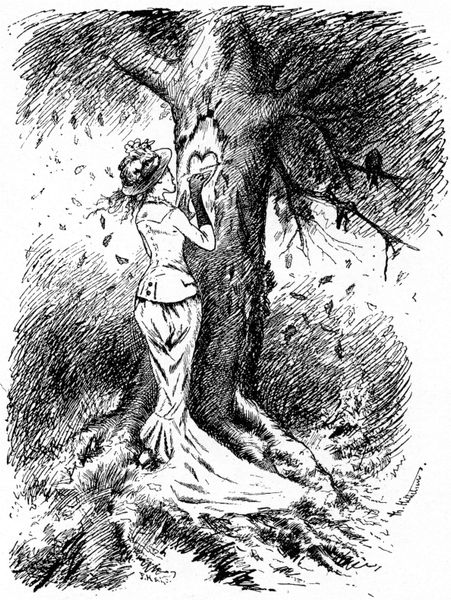
drawing, paper, ink
#
tree
#
drawing
#
line-art
#
pen illustration
#
line drawing illustration
#
landscape
#
paper
#
line art
#
ink line art
#
linework heavy
#
ink
#
plant
#
botanical photography
#
thin linework
#
line
#
pen work
#
botany
#
organism
#
botanical art
#
realism
Dimensions: 21 x 31 cm
Copyright: Martiros Sarian,Fair Use
Curator: Let's look at this drawing, "A tree" from 1972 by Martiros Sarian, crafted with ink on paper. Editor: It’s fascinating! The detail of the ink work is really striking. It gives me the impression of a really stark and barren landscape, even with the life the tree represents. What elements stand out to you when you view this piece? Curator: Consider the availability of materials. In 1972, even the simple act of obtaining ink and paper carried specific economic implications within Sarian's geographic context. The very act of using ink – a controlled substance in some periods, symbolically linking intellectual labor – speaks to accessibility and privilege, no? Look at how that labor manifests in the intense detail. This isn't just about depicting a tree; it is about demonstrating mastery. Editor: So you're saying the access to what would seem to be common materials may reflect privilege at the time? That adds another layer to my understanding of Sarian's choice of using ink, compared to, say, charcoal. Curator: Precisely. And the deliberate nature of line work speaks to a considered slowness of production, the mark-making process becoming performative. How does Sarian challenge traditional notions of what constitutes "high art" by focusing on such a common subject using a readily reproducible technique like drawing? Editor: It makes me think about how Sarian’s focusing on something as elemental as a tree transforms drawing into a critical act, elevating everyday observation to fine art. Curator: And how that resonates today! This work encourages us to ask about our current means of production, too. So, what new perspective did you gain by observing it? Editor: I never really considered the choice of medium reflecting the historical, socio-economic factors of when the artist was working! Curator: A perspective often forgotten. Keep thinking about how the artist's circumstances shaped the work itself.
Comments
No comments
Be the first to comment and join the conversation on the ultimate creative platform.
